How can I set the origin / interception of the y-axis and x-axis in ggplot2?
The line of the x-axis should be exactly at y=Z.
With Z=0 or another given value.
How can I set the origin / interception of the y-axis and x-axis in ggplot2?
The line of the x-axis should be exactly at y=Z.
With Z=0 or another given value.
xlim and ylim don't cut it here. You need to use expand_limits, scale_x_continuous, and scale_y_continuous. Try:
df <- data.frame(x = 1:5, y = 1:5)
p <- ggplot(df, aes(x, y)) + geom_point()
p <- p + expand_limits(x = 0, y = 0)
p # not what you are looking for

p + scale_x_continuous(expand = c(0, 0)) + scale_y_continuous(expand = c(0, 0))

You may need to adjust things a little to make sure points are not getting cut off (see, for example, the point at x = 5 and y = 5.
Simply add these to your ggplot:
+ scale_x_continuous(expand = c(0, 0), limits = c(0, NA)) +
scale_y_continuous(expand = c(0, 0), limits = c(0, NA))
df <- data.frame(x = 1:5, y = 1:5)
p <- ggplot(df, aes(x, y)) + geom_point()
p <- p + expand_limits(x = 0, y = 0)
p # not what you are looking for
p + scale_x_continuous(expand = c(0, 0), limits = c(0,NA)) +
scale_y_continuous(expand = c(0, 0), limits = c(0, NA))
Lastly, take great care not to unintentionally exclude data off your chart. For example, a position = 'dodge' could cause a bar to get left off the chart entirely (e.g. if its value is zero and you start the axis at zero), so you may not see it and may not even know it's there. I recommend plotting data in full first, inspect, then use the above tip to improve the plot's aesthetics.
In the latest version of ggplot2, this can be more easy.
p <- ggplot(mtcars, aes(wt, mpg))
p + geom_point()
p+ geom_point() + scale_x_continuous(expand = expansion(mult = c(0, 0))) + scale_y_continuous(expand = expansion(mult = c(0, 0)))
See ?expansion() for more details.
Another option is using coord_cartesian with expand = FALSE. The limits are taken from the data or based on your limits. Here is a reproducible example:
df <- data.frame(x = 1:5, y = 1:5)
library(ggplot2)
p <- ggplot(df, aes(x, y)) + geom_point()
p <- p + expand_limits(x = 0, y = 0)
p + coord_cartesian(expand = FALSE)

Created on 2022-11-26 with reprex v2.0.2
You could also specify the limits in coord_cartesian directly like this:
df <- data.frame(x = 1:5, y = 1:5)
library(ggplot2)
p <- ggplot(df, aes(x, y)) + geom_point()
p + coord_cartesian(expand = FALSE, xlim = c(0, NA), ylim = c(0, NA))

Created on 2022-11-26 with reprex v2.0.2